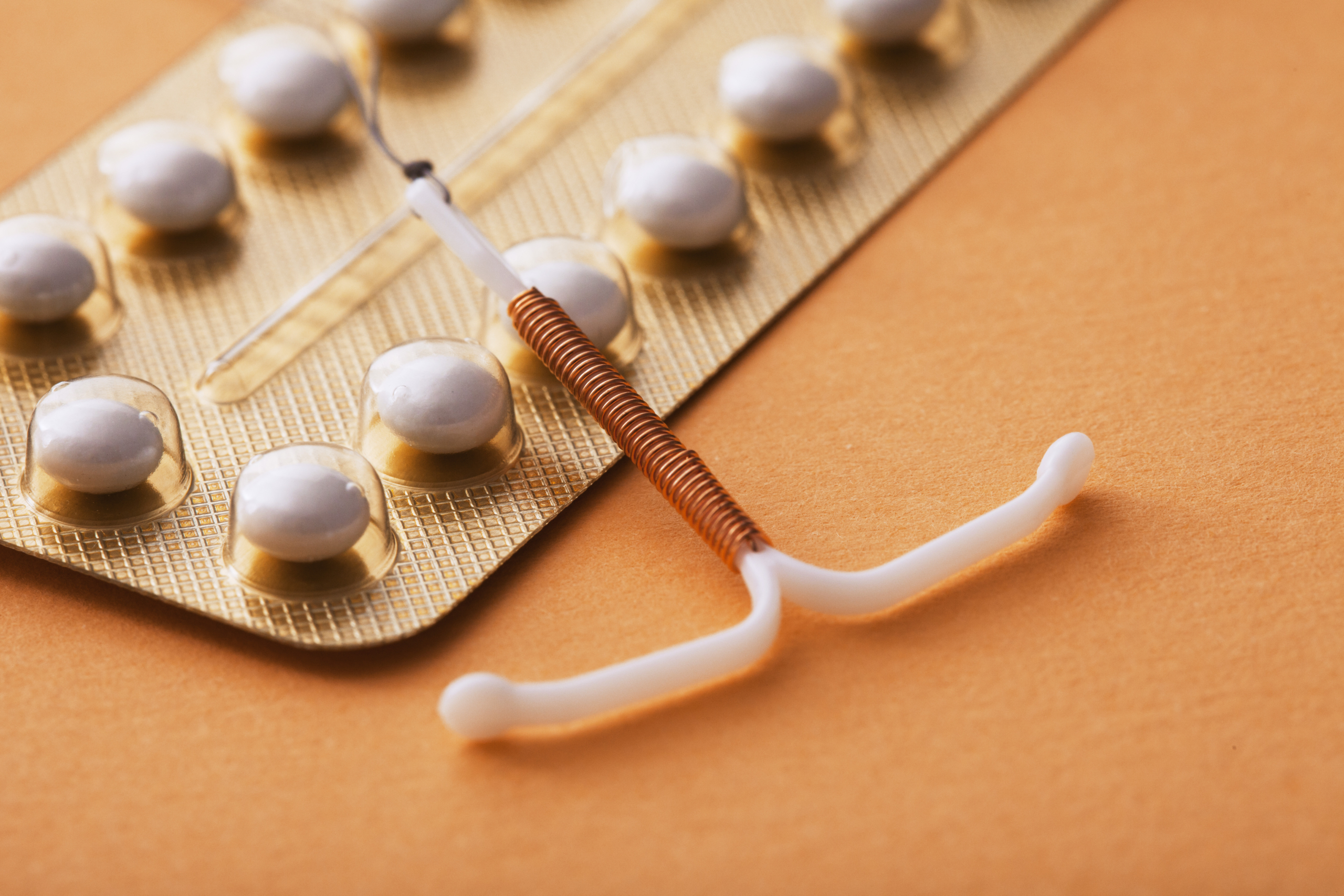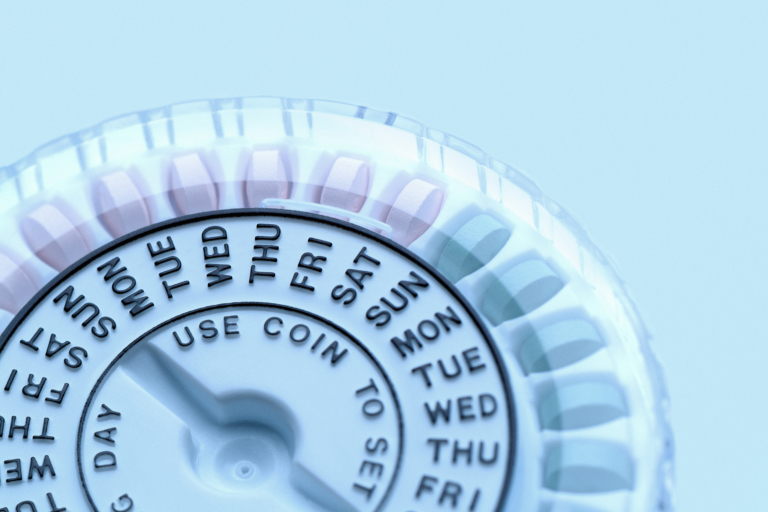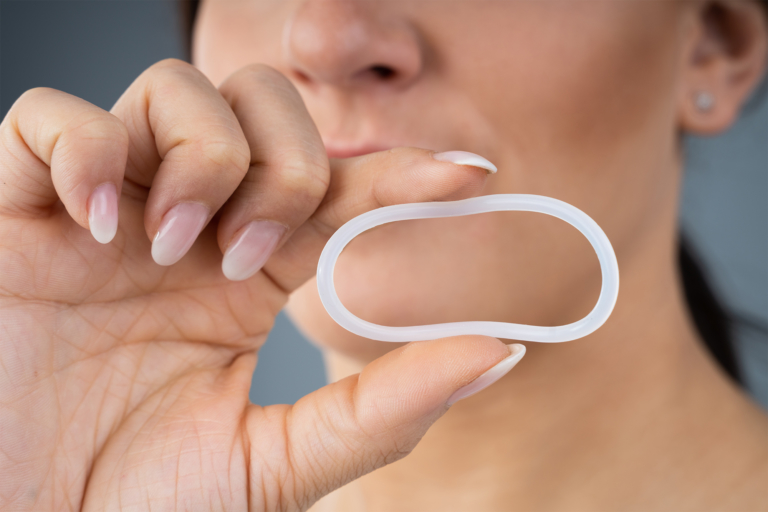When you are considering any type of birth control, you want to have all the information necessary to make an informed decision. Unfortunately, when it comes to the intrauterine device (IUD), there is a lot of conflicting information. Some women say they are nervous because they’ve heard other women’s “horror stories,” and some providers downplay those accounts because they don’t want women to doubt IUD safety or be afraid to consider some of the most effective birth control options.
So what can you expect? According to the accounts women have shared with us at IUD Alert, here are three things that you can expect.
1. IUD pain can be next level.
Some of the more commonly discussed side effects of the IUD are prolonged bleeding and painful cramping. But, for too many women, these effects are understated until she is experiencing them in extreme amounts, after which her provider recommends she bear the pain, stating that it’s just a part of the process.
Ahead of experiencing the pain from IUD insertion, it can be hard to gauge whether it will be an acceptable level of pain for you. Some women who say they have a high tolerance for pain have said that getting their IUD was a level of pain they were not prepared for.
Read real women’s testimonies about their IUD experiences to learn more.
2. If you want your IUD removed, you may have to jump through some hoops.
Many patients who have had IUDs inserted say that their doctors were quick to suggest and encourage IUD use, but less quick to entertain their requests for removal. According to testimonials from women, some doctors say painful symptoms are a normal part of the process and that it will get better. Others note that insurance companies don’t always cover removal when patients want it, if it is before a certain length of time after insertion.
Researchers of a study published in the February 2020 issue of Contraception concluded that after calling 229 clinics in a mystery caller survey, when women asked for their IUD to be removed, “both financial and clinic policy barriers to IUD removal were documented, including the need for multiple appointments and the total out-of-pocket costs.”
3. The copper IUD affects your hormones, despite being hormone-free.
Perhaps you have switched birth control types before. Often when you ask to get off one form of birth control, your provider will suggest other contraceptive methods to consider. Given many women are tired of side effects of hormonal contraceptives, the copper IUD has been touted as a non-hormonal birth control solution.
While the copper IUD known as Paragard® indeed does not contain hormones like Mirena®, Kyleena®, and Liletta® do, there is evidence that it does affect your hormones, in that the ingredient of copper can affect women’s thyroids.
If you sought the copper IUD to avoid hormonal birth control, thankfully there are now more scientifically-backed natural alternatives of family planning. The app Natural Cycles is the first FDA-approved birth control app that equips women to know when they’re fertile and infertile with great precision and to practice family planning effectively.
Whatever method of birth control you choose, make sure you’ve done the research yourself and are ready to advocate for yourself if you choose to switch.




